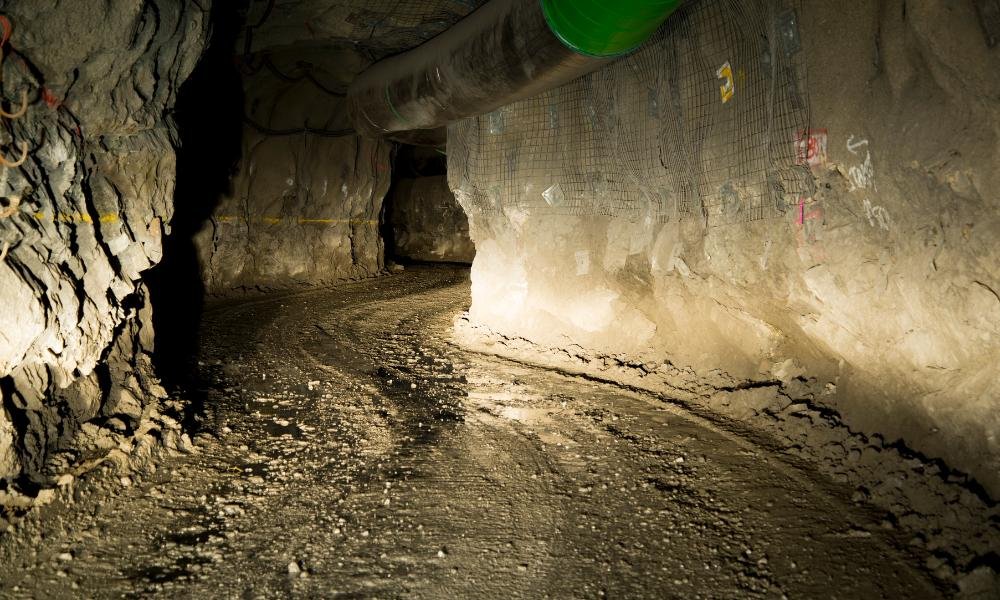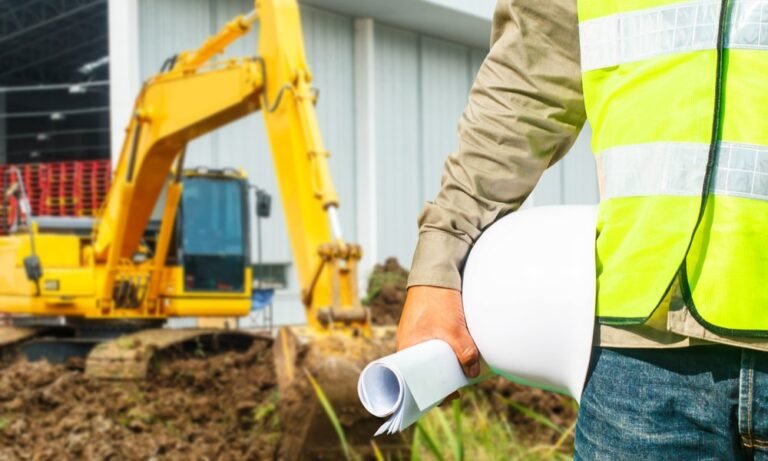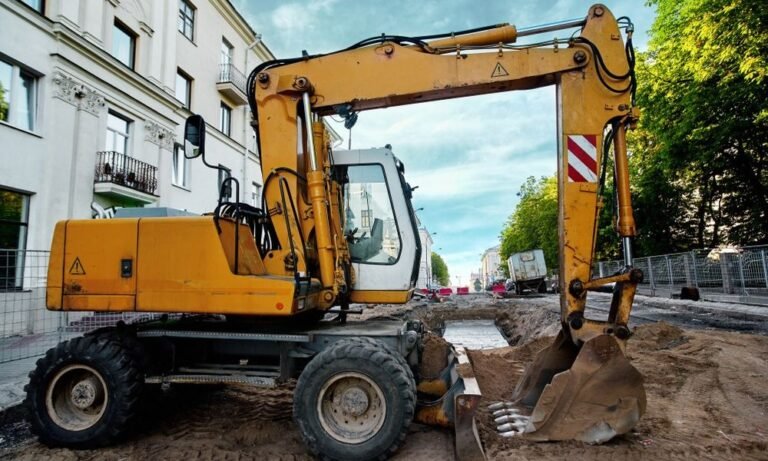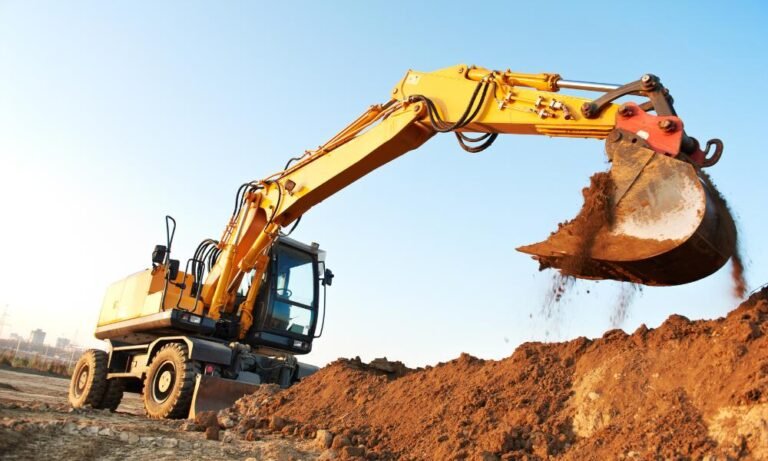Estimated reading time: 5 minutes
When it comes to excavation, what’s beneath the surface matters just as much as what’s above. Underground utility connections, like water pipes, gas lines, and electrical cables, are vital for the functionality of your property. However, they can quickly become a hazard if not handled properly during digging.
Whether you’re planning a small project in your backyard or a large-scale development, safe digging practices are essential. Let me walk you through what you need to know to ensure your excavation project is smooth and risk-free.
What We’ll Cover
- The importance of understanding underground connections.
- Best practices for safe excavation.
- Common mistakes to avoid during digging.
- Why professionals are your best ally for complex projects.
Understanding Underground Utility Connections

Beneath your property lies a network of hidden infrastructure. These connections keep your home or business supplied with electricity, water, and more. Hitting one during excavation doesn’t just cause inconvenience—it can lead to serious safety hazards and steep repair costs.
Each type of line comes with unique risks:
- Gas lines can lead to leaks or explosions.
- Water mains might flood the site or neighboring properties.
- Electrical cables pose a risk of electrocution.
Recognizing these potential dangers is the first step toward safe excavation.
Best Practices for Digging Safely
Call 811 Before You Dig
You might think you know your property like the back of your hand, but utility connections can surprise even the most prepared. A quick call to 811 gets you a free service to locate underground utilities. They’ll mark the locations with flags or paint, giving you a clear visual of where to avoid.
Make this call at least two business days before your project begins. It’s a simple step that can save you a lot of trouble.
Use Accurate Detection Tools
Relying solely on utility maps isn’t enough. Over time, the placement of underground connections can shift. That’s why using a locator tool is so important. These devices provide real-time data on the depth and exact location of buried lines, helping you avoid unnecessary guesswork.
Think of it as having X-ray vision for your property—it’s a game-changer.
Mark Clearly and Maintain Clearance
Once you know where the lines are, mark them clearly with flags, stakes, or brightly colored paint. Always maintain at least a four-foot clearance on either side of these markings to prevent accidental damage.
If your project requires digging closer to marked lines, hand tools are safer than heavy machinery.
Plan Your Digging Strategy
Before breaking ground, develop a detailed plan. Outline where you’ll dig, what equipment you’ll use, and how you’ll avoid utility connections. Having a clear strategy reduces the risk of unexpected issues and keeps your project running smoothly.
Common Mistakes to Avoid
Skipping the 811 Call
Failing to call 811 is a recipe for disaster. Not only are you risking damage to utility systems, but you could also face hefty fines for non-compliance. Even private connections, like lines to detached garages or workshops, need to be considered.
Ignoring Markings
Once the lines are marked, don’t get overconfident. Digging too close to these markers without caution is a common mistake that leads to accidents.
Overlooking Hidden Lines
Not all lines are recorded in public records. For example, older properties or those with DIY installations might have unregistered connections. Proceed carefully and be prepared for surprises.
Why Professional Help Matters
Let’s face it—excavation isn’t just about digging a hole. It’s about precision, safety, and compliance with local regulations. While small projects might seem manageable on your own, larger or more complex ones are best left to professionals.
Here’s why:
- Safety First: Trained contractors know how to handle underground hazards.
- Efficiency: Pros bring the right equipment and expertise to get the job done quickly.
- Regulatory Compliance: They’re familiar with local codes, permits, and best practices.
For example, professionals can use advanced techniques like hydro excavation, which uses pressurized water to dig safely around sensitive areas.
Not sure if your project needs expert assistance? Check out these signs it’s time to call in the pros.
Planning for Unexpected Situations

Even with thorough preparation, surprises can happen. Here’s what I recommend:
- Document Everything: If you uncover unmarked utility lines, take photos and create a record. This information is valuable for future projects and contractors.
- Have Emergency Contacts Ready: Know who to call if something goes wrong, whether it’s the utility provider or a professional contractor.
This proactive approach ensures you’re ready to handle anything that comes your way.
Additional Considerations for DIYers
If you’re determined to tackle excavation yourself, here are some extra precautions:
- Invest in Proper Training: Familiarize yourself with the tools and techniques for safe digging.
- Start Small: Begin with less risky areas far from marked lines.
- Monitor Progress Closely: Regularly check your markers and adjust your plan if needed.
That said, remember that professional services aren’t just about convenience—they’re about peace of mind.
Final Thoughts
Excavating near utility connections requires more than just a shovel and determination. It demands careful planning, attention to detail, and respect for what’s beneath the surface.
Whether you’re improving your property or starting a major construction project, following these guidelines will help you avoid costly mistakes and ensure a safe, successful outcome.
When in doubt, reach out to experienced contractors who can handle the job with precision and expertise. For more insights on smart excavation practices, take a look at this guide on excavation safety.



